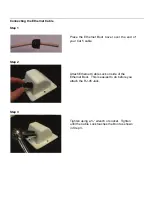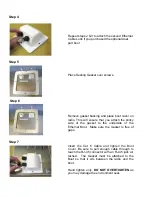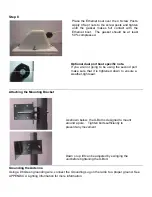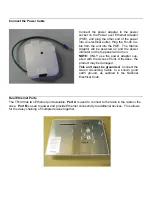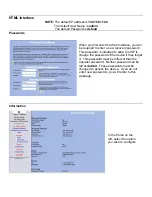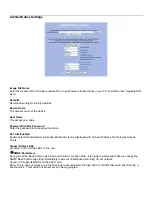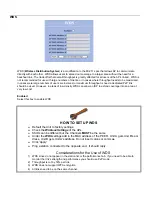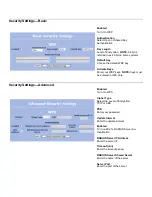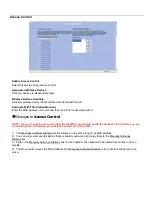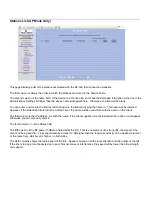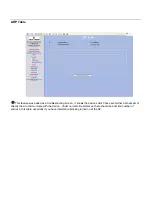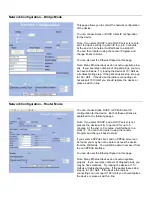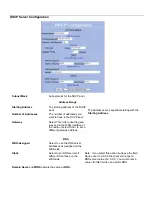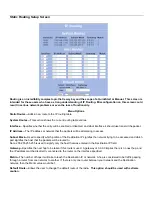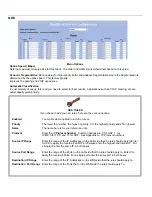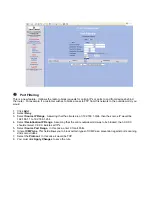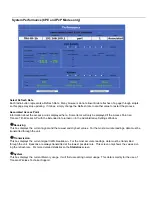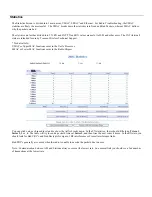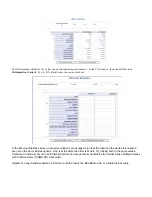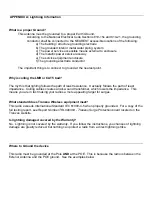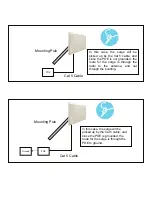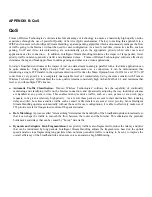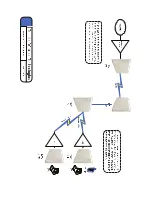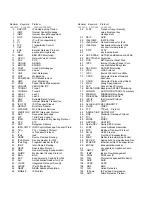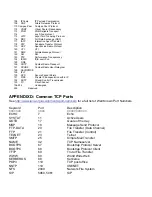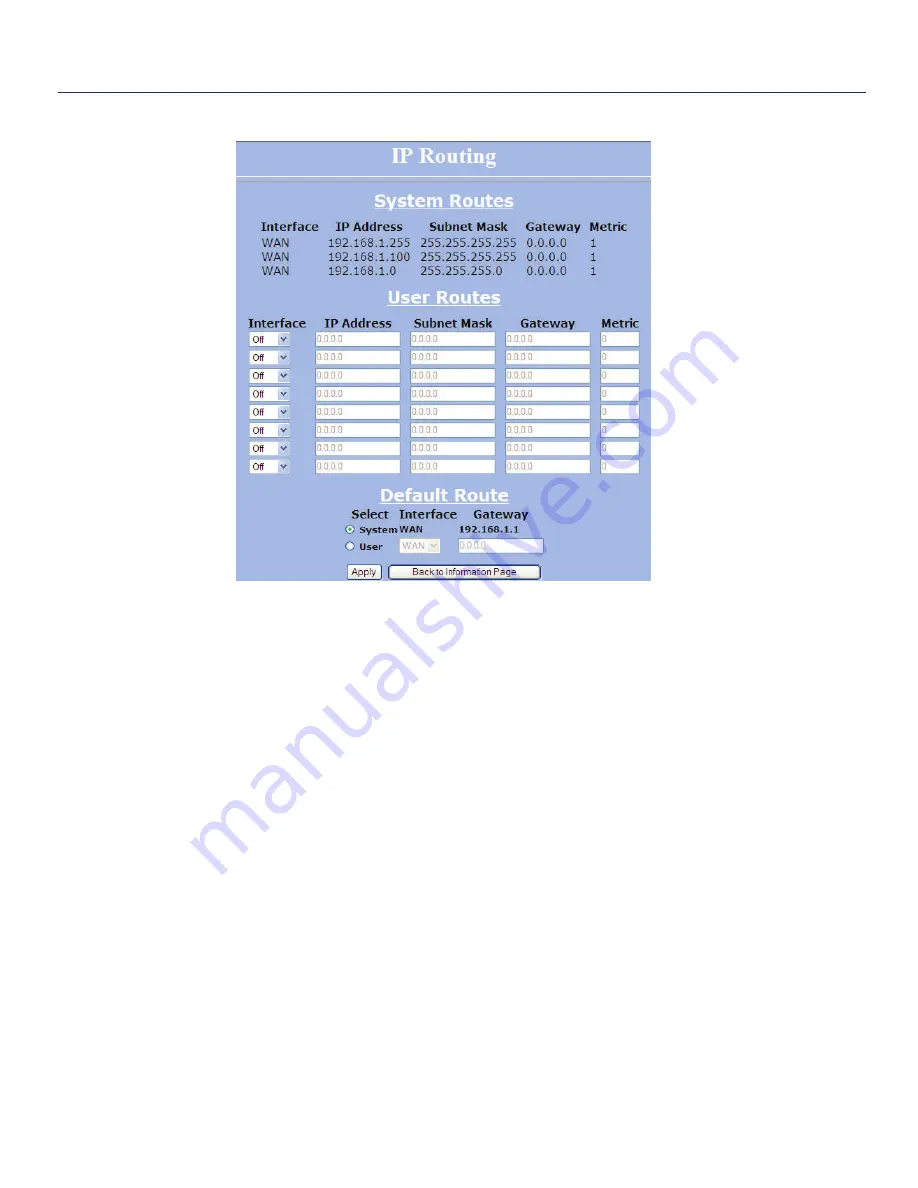
Routing is an incredibility complex topic that is way beyond the scope of a QuickStart or Manual. This screen is
intended for those users who have a strong understanding of IP Routing. Misconfiguration on this screen could
result in serious network problems or even the loss of functionality.
Menu Options
Static Routes—
Adds a new route to the IP routing table.
System Routes—
This section shows the current routing table entries.
Interface
—Specifies whether the entry will be enabled or disabled, and what interface it should use transmit the packet.
IP Address
—The IP address or network that the packets will be attempting to access
Subnet Mask—
Used to specify which portion of the Destination IP signifies the network trying to be accessed and which
part signifies the host that the packets will be routed to.
Note: 255.255.255.255 is used to signify only the host that was entered in the Destination IP field.
Gateway—
Specifies the next hop to be taken if this route is used. A gateway of 0.0.0.0 implies there is no next hop, and
the IP address matched is directly connected to the router on the interface specified:
Metric—
The number of hops it will take to reach the Destination IP or network. A hop is considered to be traffic passing
through a router from one network to another. If there is only one router between your network and the Destination
network, then the Metric value would be 1.
Default Route—
Allows the user to change the default route of the radio.
This option should be used with extreme
caution.
Static Routing Setup Screen

